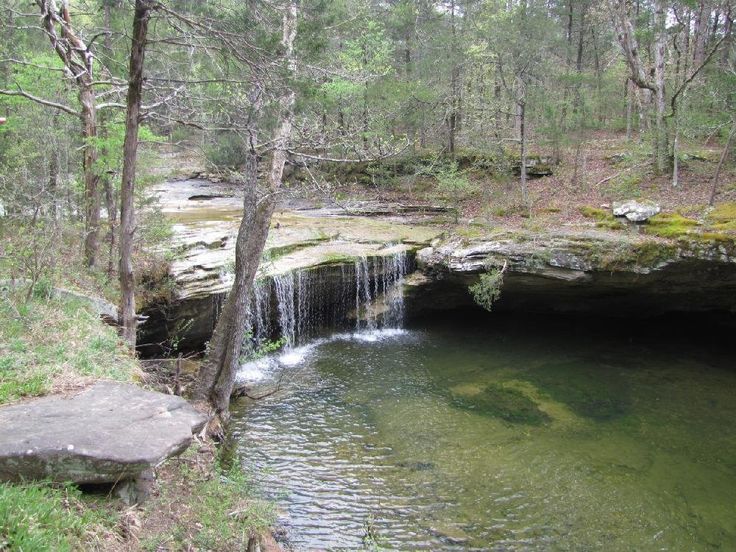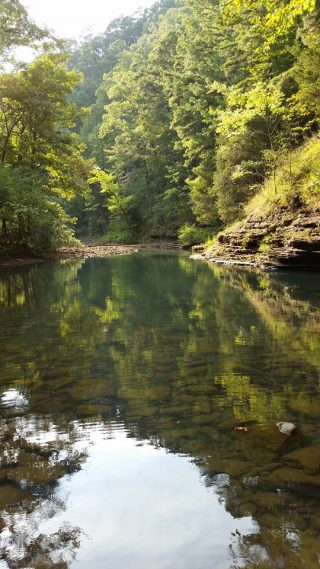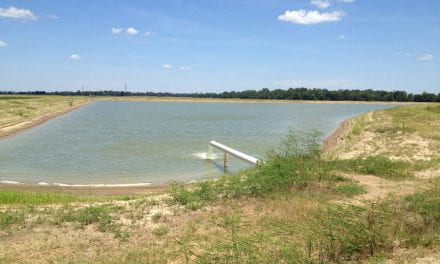
Can Researchers Relate Biological Activity to Hydrological Classes in Ozark Streams?

The Problem: We know that hydrology, or the way that water moves across the land and through waterways, can influence plants and animals that live in streams. Humans influence hydrology by changing the landscape, and we also influence what lives in streams and rivers by changing our environment. One problem with understanding the role that humans play in these changes is that often times there is little information available about what natural conditions should be, since humans are changing the environment almost everywhere.
So What?: Arkansas is the “Natural State”, and residents and tourists value our environmental resources, which are often used for outdoor recreation and are a big part of Arkansas’s economy. It’s important to balance land development needs with the preservation of our natural resources. The more we know about how natural systems work to provide environmental benefits, the better we can manage our water resources in response to the growing demand for other uses of the landscape, such as urban or agricultural development.
 The Research Question: Michelle Evans-White, associate professor of Biological Sciences at the University of Arkansas, and Allyn Dodd, graduate research assistant, wanted to know: how does the hydrology of a stream or river influence the plants and animals that live there?
The Research Question: Michelle Evans-White, associate professor of Biological Sciences at the University of Arkansas, and Allyn Dodd, graduate research assistant, wanted to know: how does the hydrology of a stream or river influence the plants and animals that live there?
The Methods: Evans-White and Dodd studied six streams, all with greater than 85% forested land cover in the catchment area, and included three streams defined as groundwater flashy (Sylamore Creek, Roasting Ear Creek, and Spring Creek) and three defined as runoff flashy (Big Piney Creek, Little Piney Creek, and Murray Creek). Groundwater flashy streams are primarily fed by groundwater and don’t typically dry up completely but can sometimes have extremely little water running. Runoff flashy streams can sometimes dry up completely for short periods of time and are fed primarily by water coming off of the landscape.
The researchers used a field probe (see image below) that measured dissolved oxygen and temperature every 15 minutes at each site from April 2015 through February 2016. They calculated the annual average for net ecosystem metabolism (NEM), gross primary production (GPP), and ecosystem respiration (ER) in streams as metrics to assess differences in plant and animal activity across stream types. For example, ER can tell you how much oxygen is being used by plants and animals, GPP can tell you how much oxygen is being produced by plants, and NEM is the difference between GPP and ER.
 The Findings: Net ecosystem metabolism (NEM), gross primary production (GPP), and ecosystem respiration (ER) were not different between the two flow classes, groundwater flashy and runoff flashy. There was also a large amount of variability within each flow class and across all study streams. For example, average annual NEM for all streams ranged from -400 to 175 grams of oxygen per square meter per year (g O2/m2/y), 130 to 530 g O2/m2/y for GPP, and 55 to 910 g O2/m2/y for ER.
The Findings: Net ecosystem metabolism (NEM), gross primary production (GPP), and ecosystem respiration (ER) were not different between the two flow classes, groundwater flashy and runoff flashy. There was also a large amount of variability within each flow class and across all study streams. For example, average annual NEM for all streams ranged from -400 to 175 grams of oxygen per square meter per year (g O2/m2/y), 130 to 530 g O2/m2/y for GPP, and 55 to 910 g O2/m2/y for ER.
Although the results were not statistically different, groundwater streams appeared to have greater annual average GPP and ER compared to runoff streams, meaning that plants and animals seemed to produce more oxygen and use more oxygen in groundwater flashy streams. This could be due to groundwater sources providing more stable flows throughout the year that can sustain algal production during periods of little rainfall.
The Benefits: Evans-White and Dodd have provided useful information about stream metabolism across several relatively unimpacted streams in the Ozarks. These data can be used as a baseline to evaluate the impacts that human alteration of the environment might have on streams and rivers. While they did not find a relationship between flow classification and metabolism, their results might be due to the small sample size of only six streams, differences in hydrology of these streams from year to year, or even the possibility that some of the study streams might be misclassified as groundwater or runoff flashy. Their study can be used to direct future research on what variables might influence stream metabolism.
This material is based upon work supported by the U.S. Geological Survey under grant agreement No. G11AP20066 and administered by the Arkansas Water Resources Center. The views and conclusions contained in this document are those of the authors and should not be interpreted as representing the opinions or policies of the U.S. Geological Survey.














